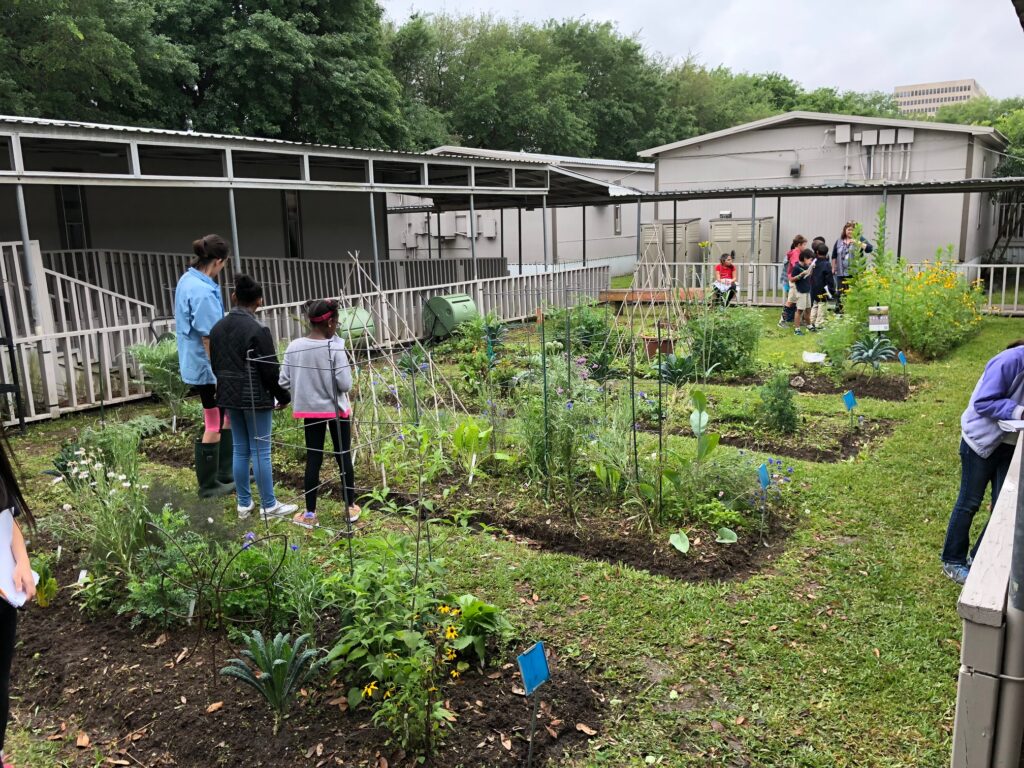
The Kolter North Edible Butterfly Garden was born out of struggle. After Hurricane Harvey, our school community (around 600 kids) took refuge in a temporary school. Everyone trying their best to get the building ready in four weeks so the kids could go back to school, go back to some normalcy. Half of our families also experienced flooding in their homes.
The first time I saw the courtyard, I could tell that at some point there was a garden, they were these hints of beds now all cover by grass, and there was a faucet. So the possibility of building a garden was there, but should we do it?

Even if we were supposed to be at that location for six months, I felt our kids deserved to have some solace. Our students have always enjoyed our amazing outdoor areas: the vegetable garden, the prairie, and the pond. It broke my heart to think they would be just looking at this space with no flowers, no butterflies, just half-dead grass.
I knew I couldn't do a vegetable garden because we didn't have raised beds, and I didn't want to spend the money if we were only to be here for six months, so what to do?
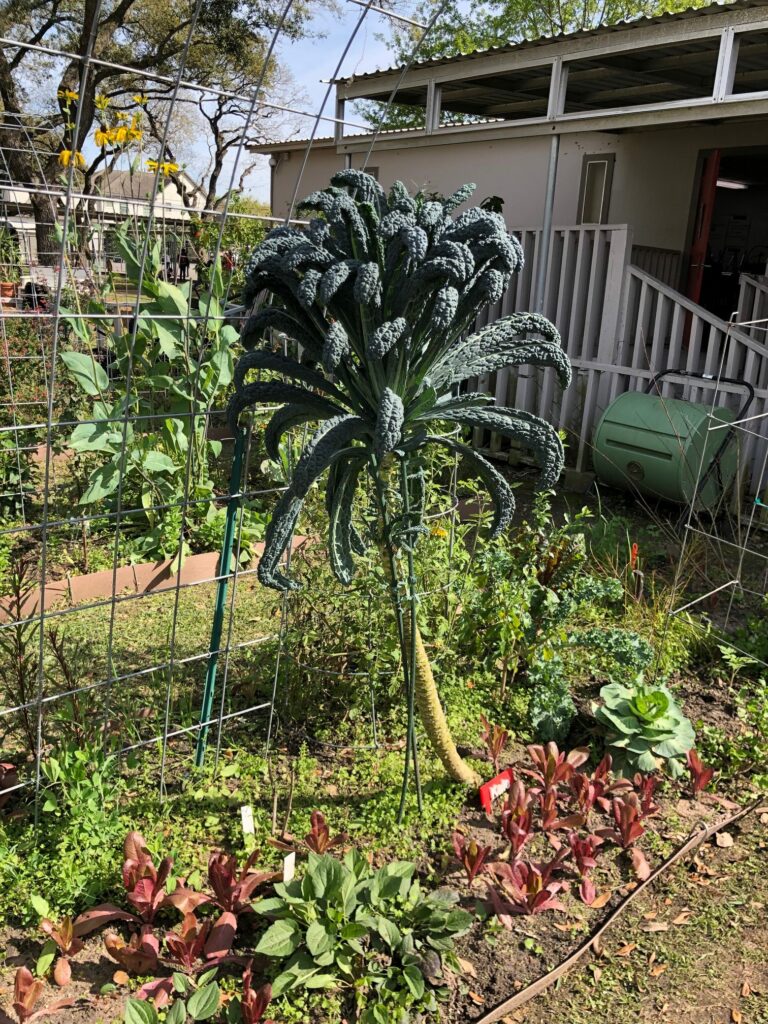
A couple of days after, I found my answer: I'm going to do a butterfly garden, the idea came to me fully formed, I even knew with whom to partner. The annual pollinator/butterfly plant sale at the Houston Museum of Natural Science happens every year in September. So I knew it was coming and I thought maybe they have leftovers plants after the sale and they could donate it to us. We sent a letter explaining our situation: how Harvey has destroyed our school. Their response was beyond generous, the Butterfly Center, gave us all the plants we needed and they even delivered the plant to our school: nectar, shelter and host plants for different butterflies and insects.
At the school, we rushed, preparing the beds, and got to work. I'm so proud we decided to take this leap of faith because after six months the district realized we're not going back to the old school. It will be torn down and a new elevated school built in its place. At that point, we started planting some edible vegetables in between the perennial and annuals pollinator plants — no roots vegetables since we don't have appropriate soil. But peas, beans, luffa, cucumbers, eggplants, tomatoes, corn, cotton, cabbage, kale, cauliflowers, broccoli, arugula, okra, lettuce, and so much more.
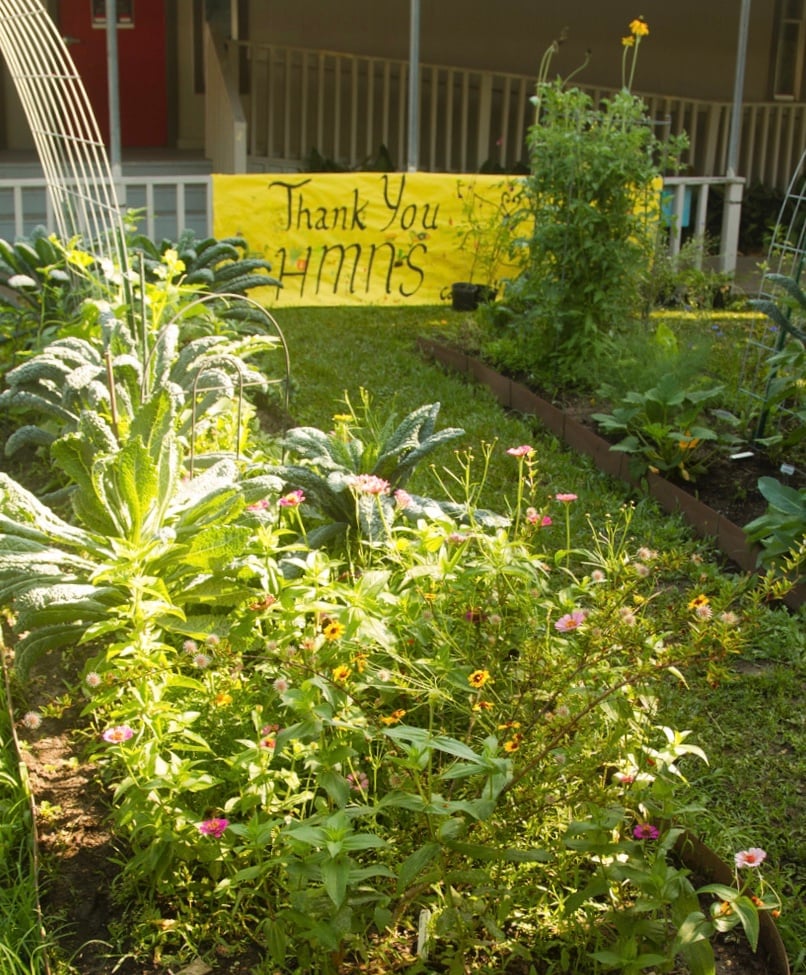
We still don't have raised beds or anything like that, we have spent less than $500 in materials like plastic edging, so HISD doesn't mow over, trellises, and minimal improvement of the soil, adding some fertilizer. I have never before done an edible garden and I'm sold. It's so pleasant to the eyes, a true magnet for insects and very peaceful even in the middle of recess.
Instead of 6 months, we are scheduled to be here for three years; it makes me so happy to think that our kids can enjoy the Edible Butterfly Garden every day and keep alive their connection with the outdoor classrooms.

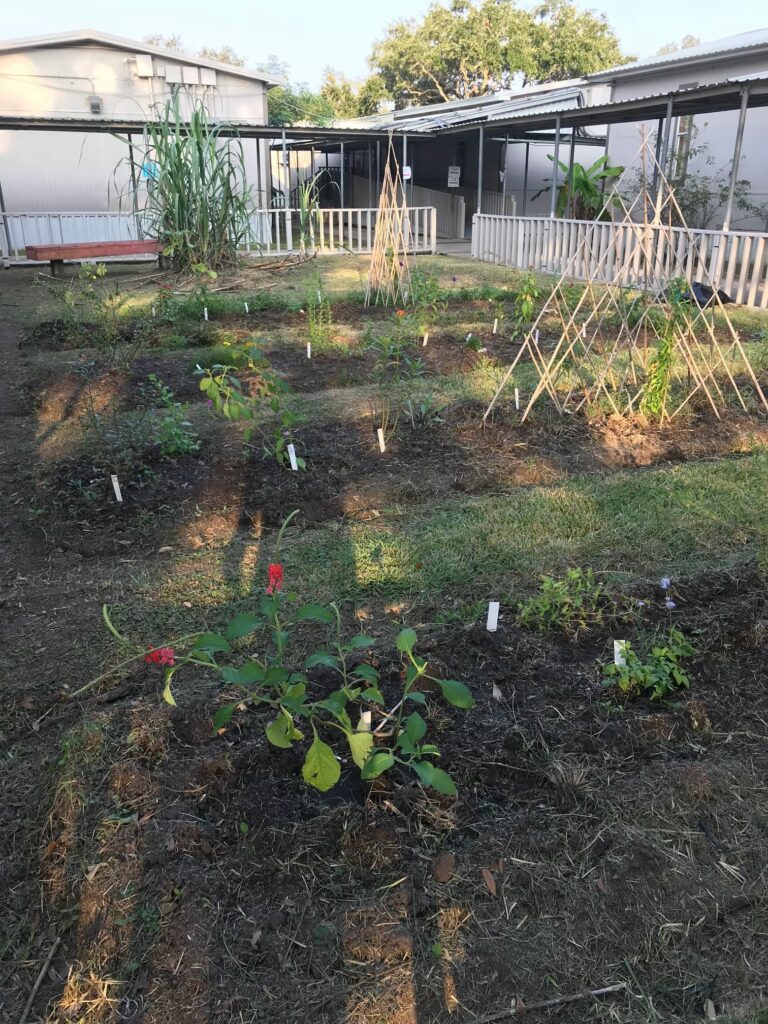
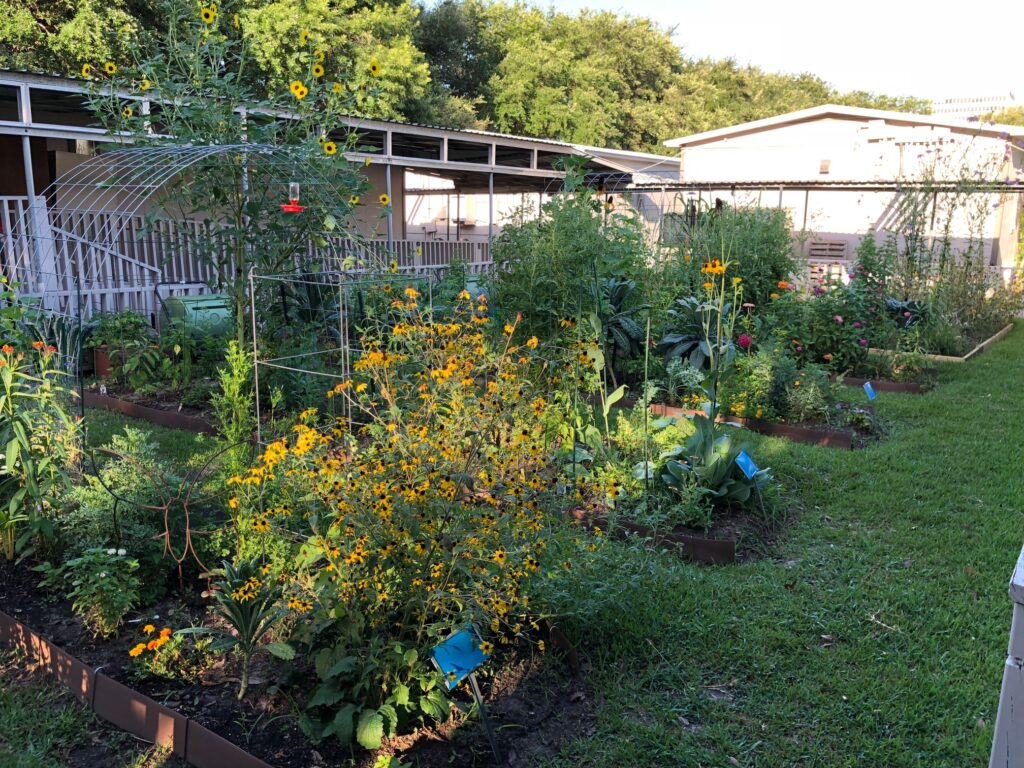
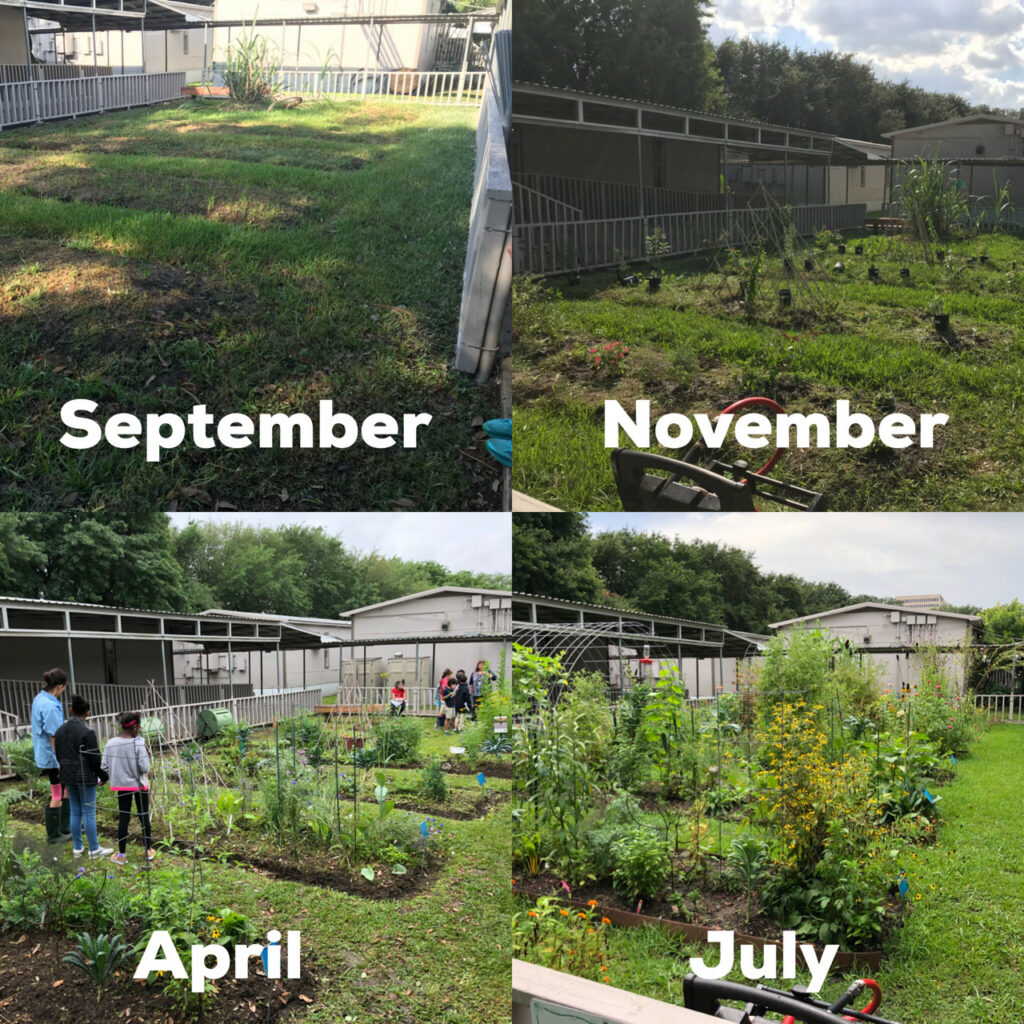
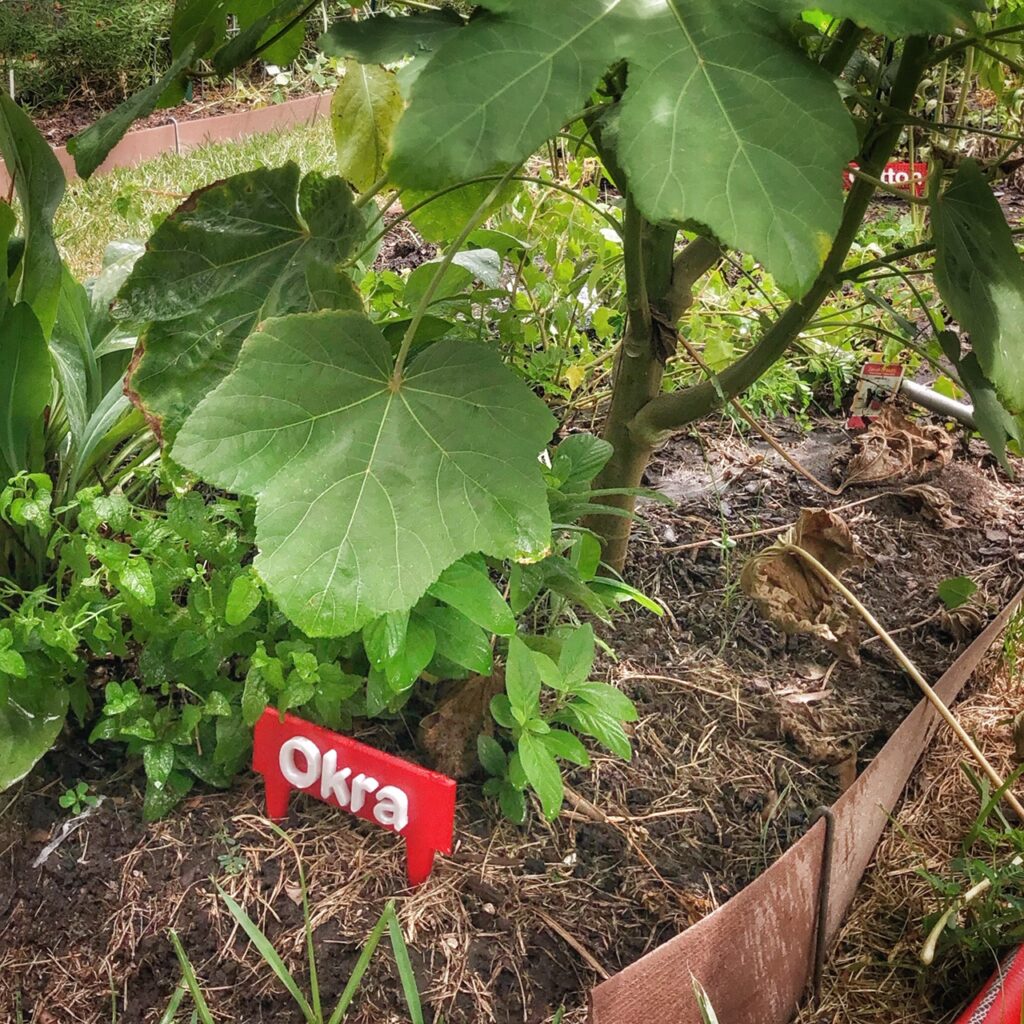
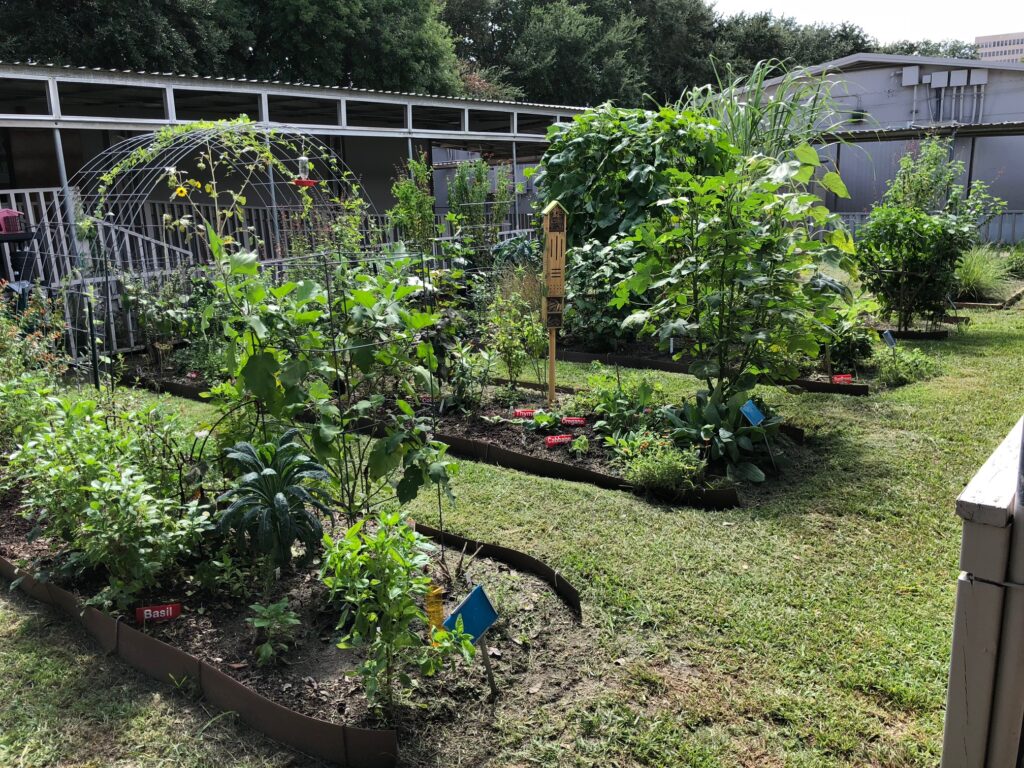
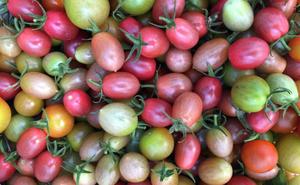
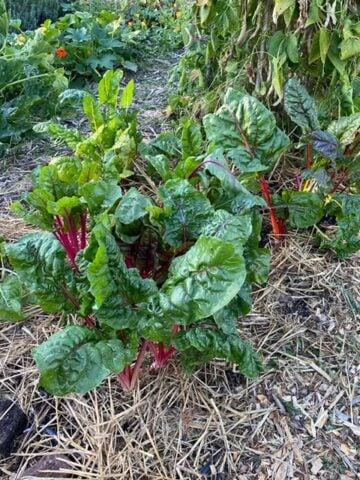
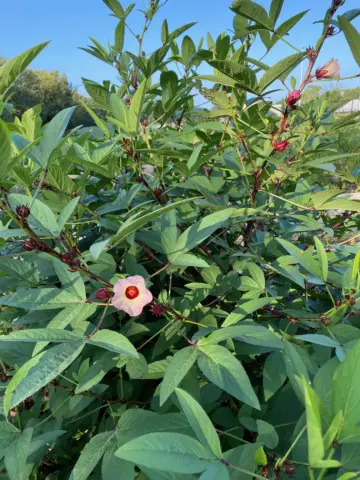
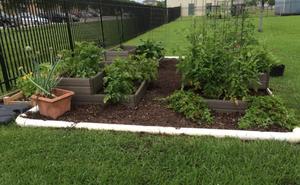
Leave a Reply